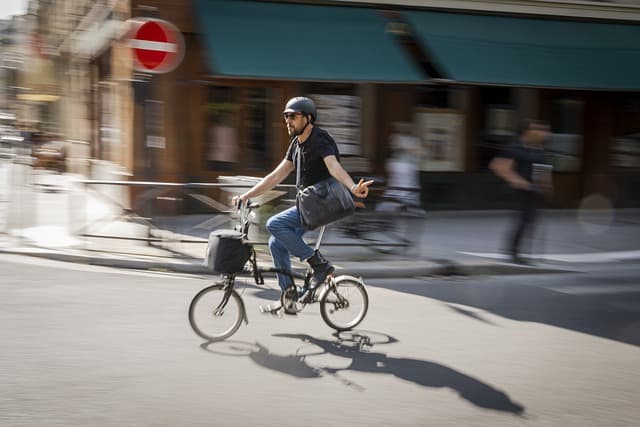Sustainable mobility translates into the freedom to move around while seeking to reduce the impact of the means of transport used on the environment. Whether in urban or rural areas, it is possible to reduce the quantity of greenhouse gases emitted by vehicles. However, you have to understand the key issues and tools of sustainable mobility to act effectively.
Rural mobility
Table of contents
ToggleSince 23% of the European population lives in rural areas and 35% in peri-urban areas, the impact of travel in rural areas on the environment should not be overlooked.
In fact, most inhabitants of rural areas use a private car on a daily basis in order to cope with the remoteness of services and employment areas as well as the lack of public transport. They cannot adopt modes of smooth and clean transport walking type and bike because of the distances and the lack of suitable facilities.
And of course, this dependence on the private car has strong consequences on their budget, on the environment and on their social life. They must devote part of their income to the maintenance of their vehicle and the purchase of fuel. They cannot make great efforts for the environment in addition to this obligatory consumption. As the mobilization of yellow vests has demonstrated, people in rural areas are subject to vulnerability to oil prices and taxes.
Urban mobility
As for city dwellers, they also tend to travel daily by car. They even make very short journeys in internal combustion engine cars and they take advantage of the various infrastructures and urban planning to drive and park their vehicles.
Unfortunately, this omnipresence of the fuel-powered car causes various problems, citing only traffic jams, pollution, noise and stress. Not only are streets and parking lots saturated, but environmental degradation is accelerating.
Effective solutions to promote sustainable mobility
If these are the problems encountered in rural and urban areas, effective solutions must be found to promote sustainable mobility. Carpooling, for example, is perfect for reducing the number of cars on the road as well as greenhouse gas emissions.
Car sharing is also a better solution to reduce car dependency, energy consumption and pollutant emissions. Since one car-sharing car can replace eight or nine private cars, this option also frees up space in vehicle parking lots.
Le development of intermodality, solution allowing to mix public transport (train or RER) and bicycle for example. A possible solution in large cities, but also in rural areas.
Finally, we must not forget MaaS or Mobility As a Service. This concept makes it possible to meet the challenges of sustainable mobility, because it adapts transport solutions to the needs of users while facilitating the use of alternative modes of transport.

